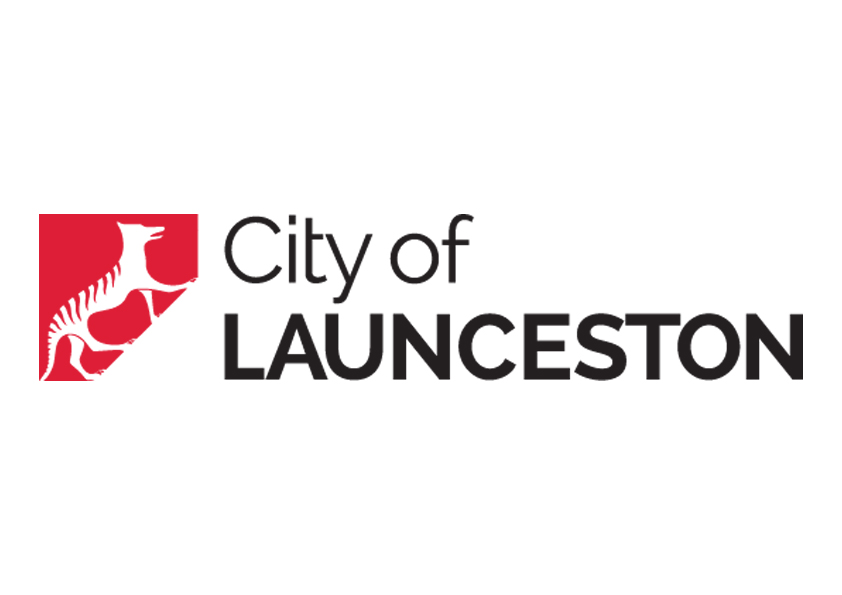2023 Launceston City Council mayoral
by-election



Following the conclusion of the appeal period, all election material that is not subject to a court challenge is then securely destroyed. The election data detailing which electors have voted is securely stored until the end of the non-voter process. Following the conclusion of the non-voter process, this data is deidentified so that general election statistics can still be generated.
Check your enrolment, update your details, or enrol to vote...
(opens in new tab)